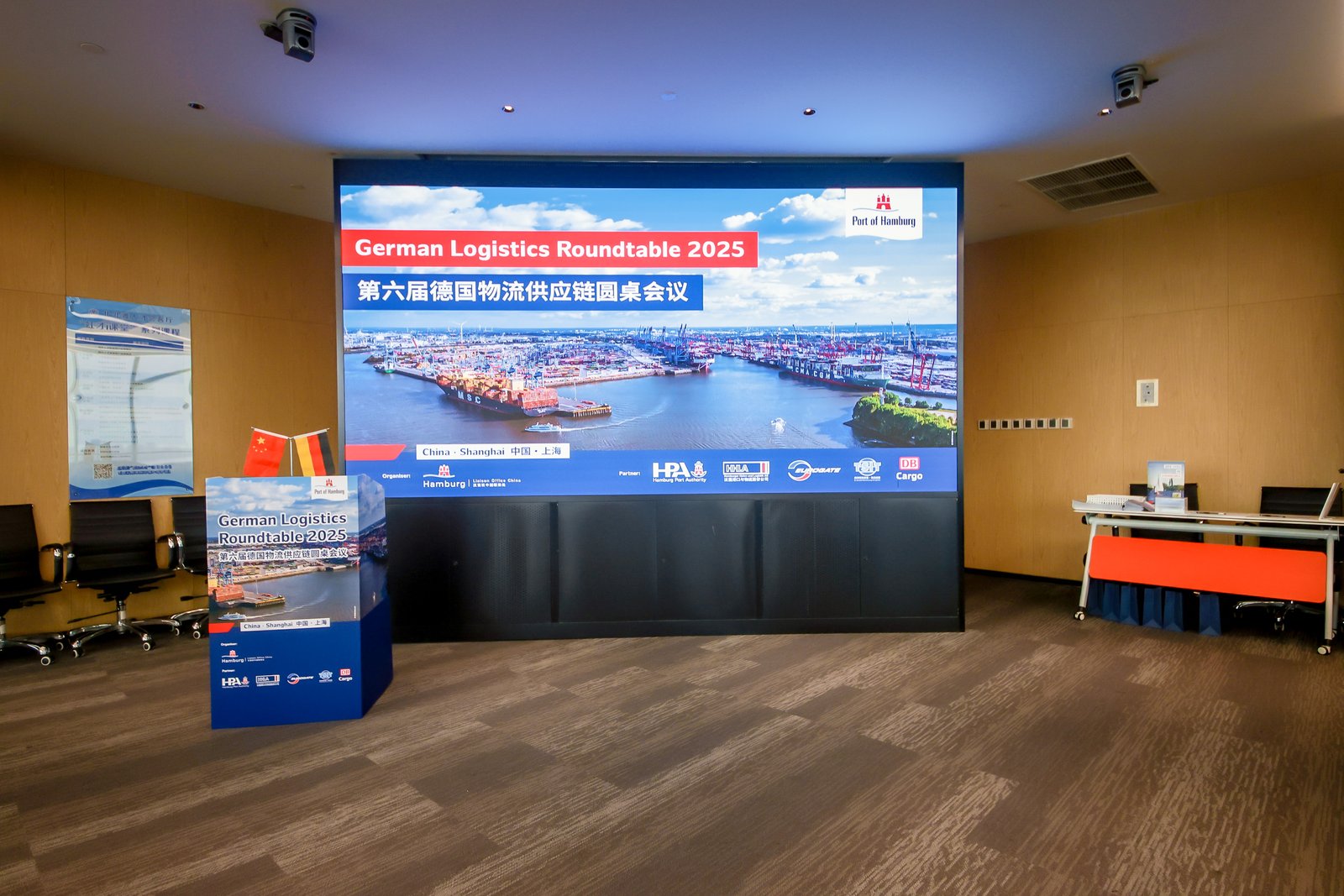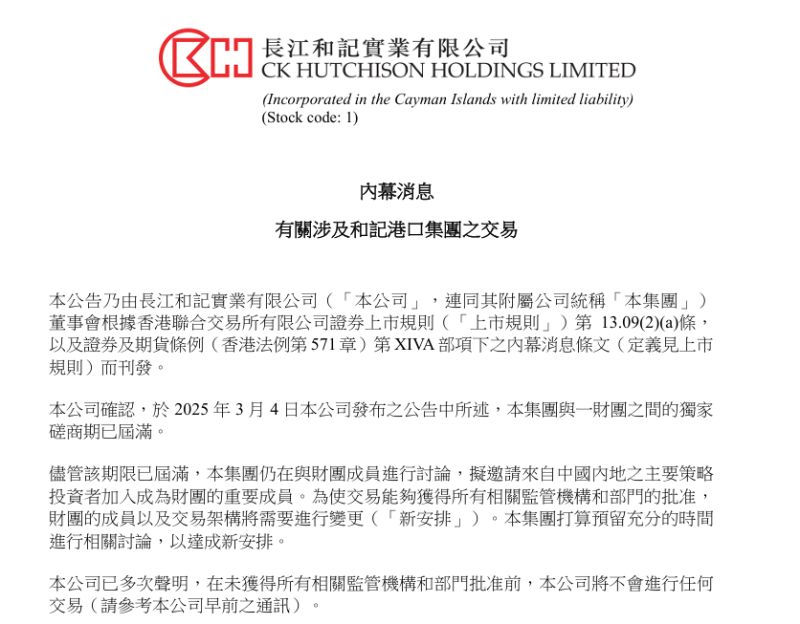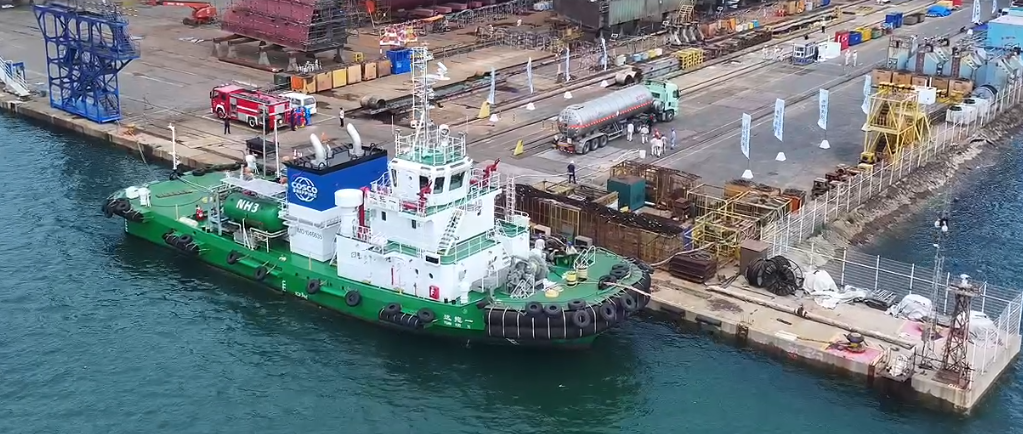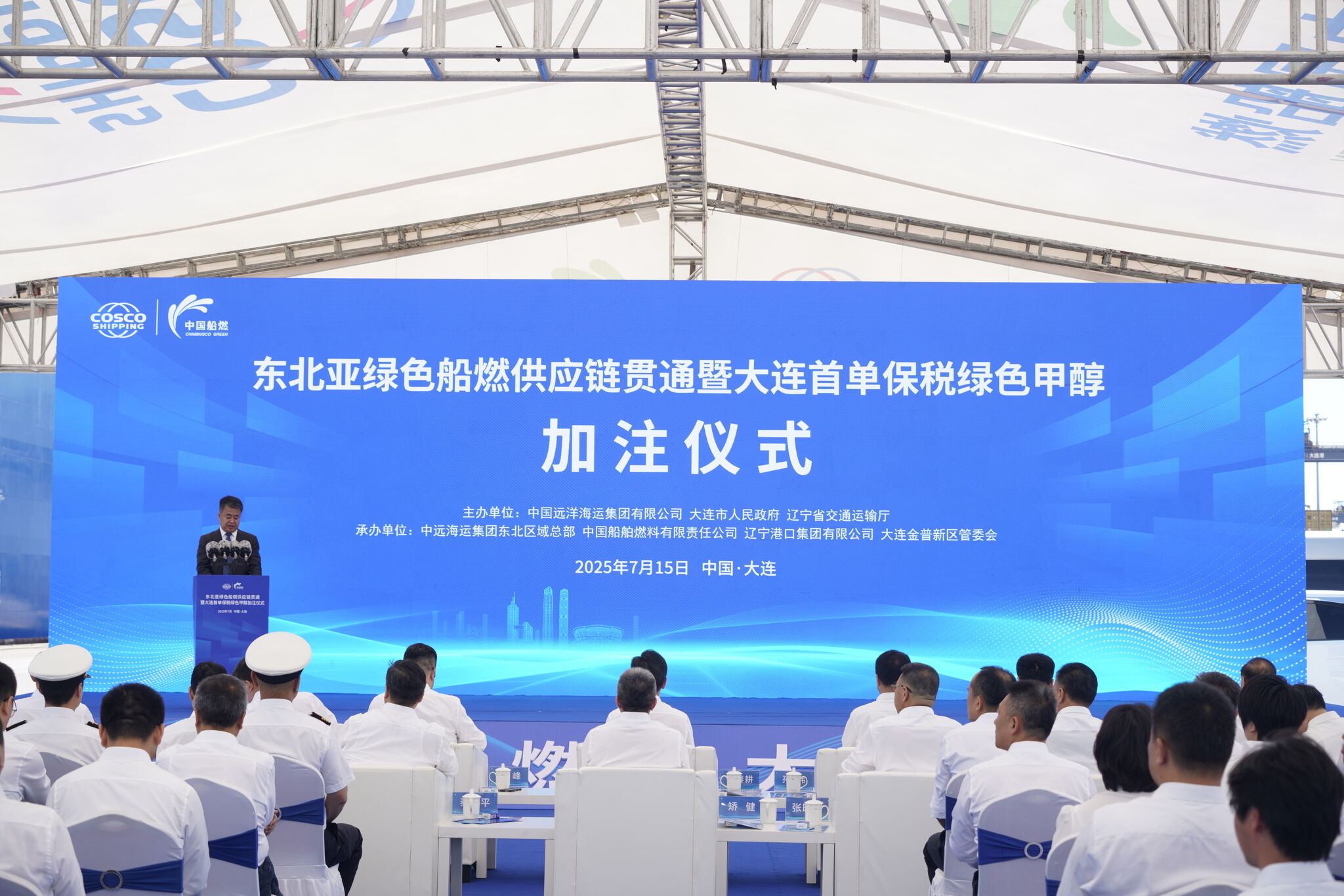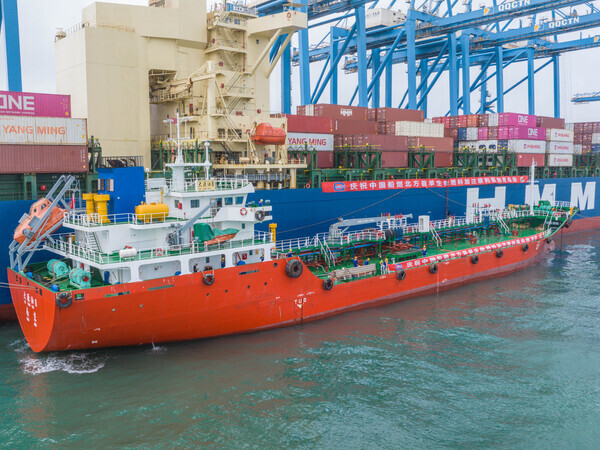
Recently, according to the accident data of LLOYD's LIST INTELLIGENCE, from 2016 to 2020, the global collision rate of Chittagong is 3.6%, ranking first, the accidents, mainly collision rates so far by far more than other marine port(s) and/ regions.
Port of Chittagong, especially the cargo anchorage waters is definitely termed as a "safe port" by the maritime law, but in reality, it is arguably one of the most dangerous port in the world! According to local sources, there are multiple collisions, groundings incidents took place almost every week, few minor in natures and others fatal.
Due to limited wharfs of the Port, most of the bulkers offload consignments, both solid and bulk unload consignments at open sea cargo anchorage area, called Kutubdia Island open sea anchorage and then, once permissible draft attained for shifting to inner anchorage then ships move to the inner anchorage to resume unloading. Ironically, over the decades, the passage merchant ships are through using for transiting between anchorages are unfortunately extremely narrow channel of 18 to 20 nautical miles stretch with NO light buoys on both sides of the channel. The probability of dragging anchor at the inner anchorage is over 90% due to strong current and poor holding ground , especially when the wind and current surge in the same direction even at full speed cannot avoid the anchor dragging, coupled with the small spacing of 4 to 5 cables between the ships, chafes and collision becomes a common phenomenon. More than often, tug assistance from the port arrives but late deserves a mention.
In order to avoid accidents, the following are some of the experiences we have compiled for your reference.
1. According to the latest circular of Chittagong port authorities, pilotage is not compulsory for ships moving from outer anchorage to inner anchorage below 10 meters draft, but for safety reasons, try to appoint pilot. It is said that many local pilots are of average level and some have no experience in handling ships laden with draft more than 11m.
2. Since there are many unlit cargo barges anchored haphazardly here and there within the channel, then enormous amounts of fishing boats / trawlers, fishing nets aggravates the risk of manoeuvring the ships, especially during the dark hours, henceforth navigation at night is not recommended at all.
3. The ship has to pass through the shallow waters, located southern part of the anchorage Charlie anchorage when moving from the offloading anchorage to A anchorage. It is necessary to calculate the time passing shallow water according to the actual draft of the ship, water density and tide so that the anchor can be heaved in time for safe shifting.
4. "Alpha" anchorage is not very spacious, and there are too many obstacles in this anchorage, so it is not easy to find a suitable anchorage position when there are too many ships already anchored, and some anchorages are reserved by the PORT CONTROL for ships that yet to arrive, it is normal for ships to arrive at the anchorage and go around several times before they could find a relatively safe position with respect to laden draft, so the passage plan must consider abort point and emergency anchorage.
5. Caro anchorage waters of Chittagong being located in a TIDAL BASIN, as the surface current cross 6 to 7 knots in Monsoon season, the ship must always keep the engine standby. Both the bridge and the engine room should be arranged to be on duty to closely monitor the anchor position and other anchored/ moving ships in the vicinity to remind other ships to keep enough safety distance while crossing the bow of other anchored vessels. Unless otherwise, crossing bow must be avoided due to lateral drifting courtesy of both surface and underwater currents.
6. the ship is also prone to drag anchor when the change of tide changes. Henceforth, it is recommended to use main engine and rudder to control ships turning and pay attention to the anchor chain direction and the force applied.
7. If there is a mooring barge to unload cargo, the ship has more chances to drag anchor, when the current is large, if the ship still can't control the anchor dragging at full engine speed, stop unloading decisively and ask the barge to leave.
8. The ship draft and trim also have influence on the ship movement, it is recommended to delay the ballast water intake time. Take ballast water during the high water time only to get comparatively cleaner ballasts.
9. Thieves boarding the ship in the anchorage to steal ship's stores is also a scourge, to pay attention to anti-theft. It is recommended to hire a local Watchman.
Although Chittagong is legally a safe port, the safety operation at Chittagong depends on the captain of the ship!
Source: Capt.Xin
Port of Chittagong, especially the cargo anchorage waters is definitely termed as a "safe port" by the maritime law, but in reality, it is arguably one of the most dangerous port in the world! According to local sources, there are multiple collisions, groundings incidents took place almost every week, few minor in natures and others fatal.
Due to limited wharfs of the Port, most of the bulkers offload consignments, both solid and bulk unload consignments at open sea cargo anchorage area, called Kutubdia Island open sea anchorage and then, once permissible draft attained for shifting to inner anchorage then ships move to the inner anchorage to resume unloading. Ironically, over the decades, the passage merchant ships are through using for transiting between anchorages are unfortunately extremely narrow channel of 18 to 20 nautical miles stretch with NO light buoys on both sides of the channel. The probability of dragging anchor at the inner anchorage is over 90% due to strong current and poor holding ground , especially when the wind and current surge in the same direction even at full speed cannot avoid the anchor dragging, coupled with the small spacing of 4 to 5 cables between the ships, chafes and collision becomes a common phenomenon. More than often, tug assistance from the port arrives but late deserves a mention.
In order to avoid accidents, the following are some of the experiences we have compiled for your reference.
1. According to the latest circular of Chittagong port authorities, pilotage is not compulsory for ships moving from outer anchorage to inner anchorage below 10 meters draft, but for safety reasons, try to appoint pilot. It is said that many local pilots are of average level and some have no experience in handling ships laden with draft more than 11m.
2. Since there are many unlit cargo barges anchored haphazardly here and there within the channel, then enormous amounts of fishing boats / trawlers, fishing nets aggravates the risk of manoeuvring the ships, especially during the dark hours, henceforth navigation at night is not recommended at all.
3. The ship has to pass through the shallow waters, located southern part of the anchorage Charlie anchorage when moving from the offloading anchorage to A anchorage. It is necessary to calculate the time passing shallow water according to the actual draft of the ship, water density and tide so that the anchor can be heaved in time for safe shifting.
4. "Alpha" anchorage is not very spacious, and there are too many obstacles in this anchorage, so it is not easy to find a suitable anchorage position when there are too many ships already anchored, and some anchorages are reserved by the PORT CONTROL for ships that yet to arrive, it is normal for ships to arrive at the anchorage and go around several times before they could find a relatively safe position with respect to laden draft, so the passage plan must consider abort point and emergency anchorage.
5. Caro anchorage waters of Chittagong being located in a TIDAL BASIN, as the surface current cross 6 to 7 knots in Monsoon season, the ship must always keep the engine standby. Both the bridge and the engine room should be arranged to be on duty to closely monitor the anchor position and other anchored/ moving ships in the vicinity to remind other ships to keep enough safety distance while crossing the bow of other anchored vessels. Unless otherwise, crossing bow must be avoided due to lateral drifting courtesy of both surface and underwater currents.
6. the ship is also prone to drag anchor when the change of tide changes. Henceforth, it is recommended to use main engine and rudder to control ships turning and pay attention to the anchor chain direction and the force applied.
7. If there is a mooring barge to unload cargo, the ship has more chances to drag anchor, when the current is large, if the ship still can't control the anchor dragging at full engine speed, stop unloading decisively and ask the barge to leave.
8. The ship draft and trim also have influence on the ship movement, it is recommended to delay the ballast water intake time. Take ballast water during the high water time only to get comparatively cleaner ballasts.
9. Thieves boarding the ship in the anchorage to steal ship's stores is also a scourge, to pay attention to anti-theft. It is recommended to hire a local Watchman.
Although Chittagong is legally a safe port, the safety operation at Chittagong depends on the captain of the ship!
Source: Capt.Xin
The opinions expressed herein are the author's and not necessarily those of The Xinde Marine News.
Please Contact Us at:


